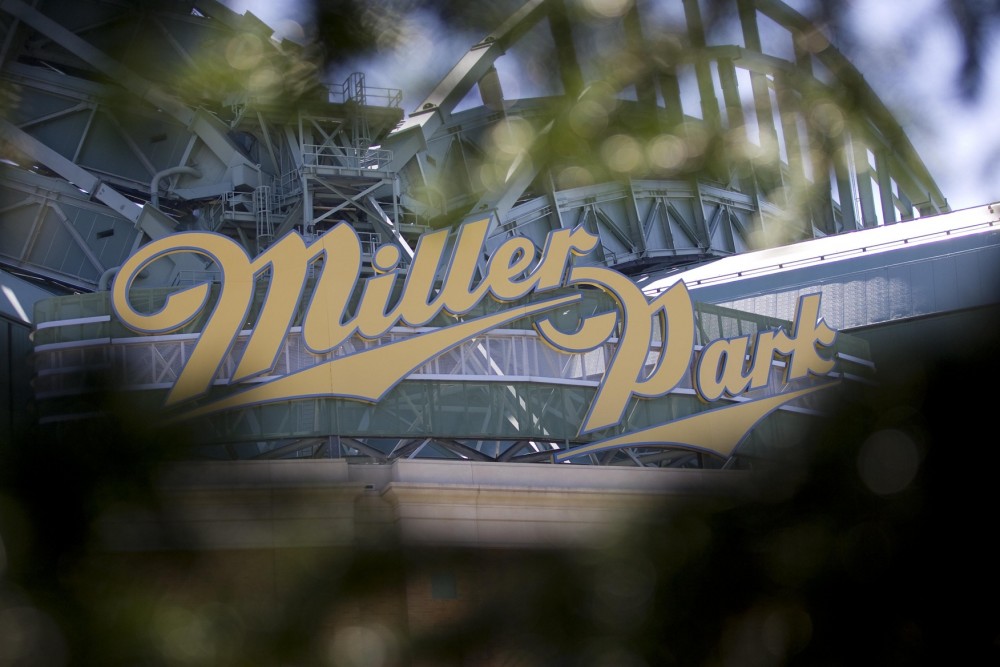Look, I’m fully on the Shohei Ohtani bandwagon. I’ve purchased my seat, fastened my seatbelt, and already asked the wagon attendant about the food and beverage service because I’m going to be here a while. Chances are, you’re intrigued too, as a 23 year-old pitcher signed for almost the league minimum who, according to ZiPS, projects for a 10.4 K/9 and 3.55 ERA sounds like something the Brewers could use. Or, maybe it’s December and we’re interminably far away from real baseball on the field, so we might as well have something to get excited about, however remote.
The point is, it doesn’t require a lot of convincing to say the Brewers’ pursuit of Ohtani is a good idea. MLB.com columnist Jon Paul Morosi speculated after speaking to team executives that Ohtani is looking to hit and pitch, and that may give the AL an advantage to promise that he’d be able to DH on at least some of his non-pitching days. It’s a logical conclusion, but in a market where almost all teams are going to submit proposals and giving Ohtani their best pitch, maybe National League teams like the Brewers can zig where others zag.
Surely if being a two-way player is important to Ohtani, there’s a solid case to be made that the AL offers him that opportunity. He can pitch and on off-days serve as the DH without significant injury risk in the field. But, and before I say this let me remind you that I purchased in-flight wifi on the Ohtani bandwagon and have downloaded multiple seasons of Black Mirror because I’m here for the long haul…, what if he’s bad at hitting?
How long would an AL team let Ohtani continue to go up and swing the bat if he struggles at the plate? It’s not exactly a stretch to say a 23 year old making his first appearance in the majors would struggle over his first few months in the league. It is not difficult to imagine that if a hitter in the DH spot hit like, well, a pitcher, there would be some point at which a team would abandon that experiment.
Enter our Milwaukee Brewers.
Perhaps the best sales pitch to convince Ohtani to sign doesn’t involve David Stearns laying out what would happen if he’s terrible. I’ll grant you that.
Instead, the Brewers could focus on maximizing Ohtani’s future earnings potential as a two-way player, by letting him know that he’s going to get time to develop and adjust at the plate. He’s going to hit on days when he pitches, no matter how he performs at the plate in the early going. The Brewers had exactly one starting pitcher with a TAv over .200, and how many of them were in danger of losing plate appearances on days they pitched? None!
Then, you would tell Ohtani, he’ll have every chance to get low-leverage plate appearances as he learns MLB pitchers and the strike zone as a batter. Once he’s ready he’ll have the chance to pinch-hit, and once he’s comfortable with that, you’ll look to make him a bench regular. All while still hitting every day he’s on the mound.
This alleviates the problem of guaranteeing plate appearances, which AL teams that are proposing a DH role are almost certainly committing themselves to for an unknown amount of time. It also sells Ohtani on the idea that the team is looking for his best opportunity to succeed and grow and develop in the majors, and then maximize his earnings potential as a two-way player down the road.
It’s a risky strategy to be sure, and Ohtani may very well just be looking for the greatest number of plate appearances he can get or be reasonably guaranteed. But the Brewers and other NL teams shouldn’t overlook the possibility of selling what sets their league and teams apart, and that includes the lowered expectations of a pitcher hitting.
